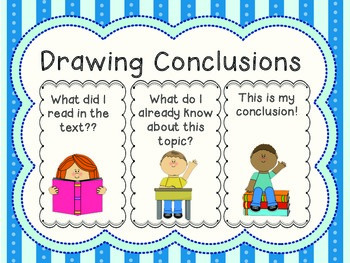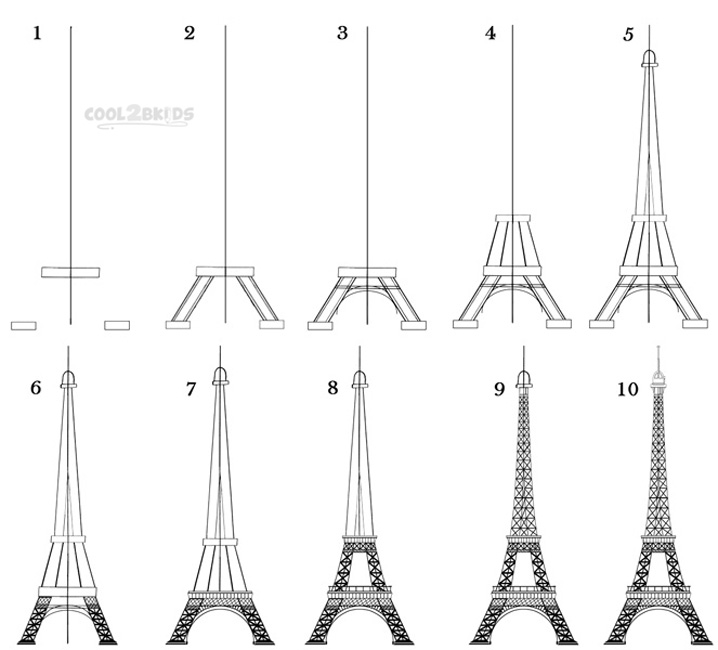Conclusions k12reader comprehension inference
Table of Contents
Table of Contents
If you’ve ever read a book or article and walked away feeling like you missed something, it could be because you didn’t draw a conclusion. Drawing a conclusion means taking the information given and making an inference or educated guess about what it means. Not sure how to do it? Keep reading to learn more.
Pain Points
Have you ever struggled to understand the meaning of something you read? Perhaps you couldn’t make sense of the author’s true intentions or didn’t feel confident in your understanding of the information. Drawing a conclusion can be difficult, especially if you struggle with critical thinking or reading comprehension.
How to Draw a Conclusion
Drawing a conclusion starts with reading or listening carefully to the information provided. Look for key details or evidence that support a main idea or point, and make connections between them. It’s also essential to think about the context in which the information is presented and what the author’s purpose may be. Lastly, consider any biases or assumptions that may have influenced the information provided.
Main Points
In summary, drawing a conclusion involves: careful reading, identifying key details and evidence, making connections, considering context and author’s purpose, and being aware of any biases or assumptions. By doing so, you can better understand the meaning and intention behind the information provided.
Drawing a Conclusion in Practice
When I was in school, I often struggled with drawing conclusions. My teacher would give us a story or article to read, and then we would have to answer questions about the information provided. I found it challenging to understand what the author was trying to say and how to make connections between the details provided. However, with practice and guidance from my teacher, I eventually learned how to draw accurate conclusions.
 Drawing a Conclusion in Real Life
Drawing a Conclusion in Real Life
In my current job, I often have to read through reports and articles related to my field. Drawing accurate conclusions is crucial to my job, as it helps me understand and analyze the information provided. I often take notes and highlight key details, which helps me make connections between the information provided. Additionally, I consider the context in which the information is presented, such as the author’s background or political stance, which can influence the information provided.
 ### Drawing a Conclusion in Academia
### Drawing a Conclusion in Academia
Drawing conclusions is essential in academic writing, whether it’s a research paper, essay, or thesis. By drawing accurate and well-supported conclusions, you can demonstrate your understanding of the material and your ability to think critically. It’s also important to consider any opposing viewpoints or arguments that may contradict your conclusions and address them in your writing.
 Question and Answer
Question and Answer
What are the benefits of drawing conclusions?
Drawing conclusions helps you better understand and analyze information, as well as make informed decisions based on that information.
Why is drawing accurate conclusions important?
Drawing accurate conclusions is essential in order to understand the true meaning and intention behind the information provided.
What skills are needed to draw a conclusion?
Critical thinking, reading comprehension, analysis, and context awareness are all important skills for drawing conclusions.
How can I improve my ability to draw conclusions?
Practice is key when it comes to drawing conclusions. Reading articles and books, watching movies, and analyzing data are all great ways to improve. Additionally, seeking guidance from a teacher or mentor can be helpful.
Conclusion of How to Draw a Conclusion
Drawing conclusions is an essential skill in understanding and analyzing information. By carefully reading and analyzing information, making connections, and considering context and biases, you can draw accurate and well-supported conclusions. With practice and guidance, anyone can improve their ability to draw conclusions.
Gallery
Lesson 2.2 - Coyote School News - Ms. Murray’s Fourth Grade

Photo Credit by: bing.com / draw conclusions drawing definition coyote school grade making reading studyzone word weebly
Drawing Conclusions Poster By Brandy Gamble | Teachers Pay Teachers

Photo Credit by: bing.com / conclusions powerpoints webstockreview
Visual Details | Drawing Conclusions Worksheet For Middle School

Photo Credit by: bing.com / conclusions k12reader comprehension inference
Drawing Conclusions | Reading Quiz - Quizizz
Photo Credit by: bing.com /
Drawing Conclusions | The Lemonade Stand

Photo Credit by: bing.com / conclusions anchor drawing charts reading conclusion chart draw grade school lemonade stand activities lessons referred last kindergarten 2nd ela kids






